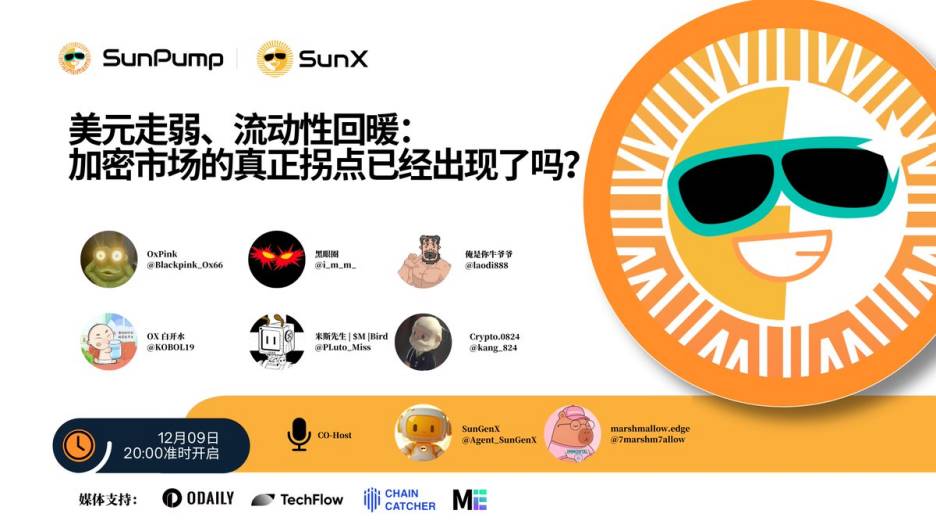Flare Launches Luminite Wallet, Expands Reach Into DeFi
Flare, the EVM-compatible interoperative chain has unveiled its new product—a seedless wallet, along with some other upcoming plans.
It is steadily increasing in user engagement, as evidenced by certain metrics.
Shiny New Wallet
In a press release shared with CryptoPotato, Flare announced the launch of its seedless, non‑custodial wallet Luminite.
Turnkey’s embedded wallet technology was used to create Luminite, which allows users to set up their wallet using familiar sign-in methods such as passkeys, biometrics, or email, without needing to write down and store a seed phrase. Funds can be added via built-in fiat on‑ramp partners (including Topper) to purchase FLR, XRP, and other assets.
“Luminite was built with one goal in mind: to bridge the gap between Web2 and Web3 users. By removing complex barriers to entry, we’re enabling anyone—from first-time users to seasoned crypto holders—to access the full power of the Flare ecosystem.This is about making DeFi approachable, not just for the crypto-native, but for the next wave of users discovering blockchain through real utility,” said Steve Chadwick, Co-founder of Luminite.
Apart from onboarding, Luminite will also be a direct access point to Flare’s growing portfolio of DeFi protocols. Patrons will be able to delegate the native token, FLR, to FTSO (Flare Time Series Oracle) data providers. Additionally, it will be possible to mint FXRP tokens (tokenized version of XRP) via FAssets (non-smart contract assets bridged with full custody retained).
Moreover, it will be possible to swap tokens within the wallet, bridge assets through the liquidity transport protocol Stargate, and engage in liquid staking by minting sFLR on Sceptre, the protocol for staking, all within the wallet Luminite interface.
Flare has also unveiled plans for a future Learn & Earn program with Revolut, which will incentivize new users to explore the ecosystem through education and rewards based on engagement.
FLR So Far
The blockchain recently celebrated 3 years since its launch on June 25, 2022. Full operation started around 2-3 weeks following, in “observation mode”, where the Flare Foundation ran all validators.
This phase lasted approximately 8 weeks, after which a token generation event (TGE) took place, during which 15% of the total FLR supply (~12 billion tokens) was released to the public via the Flare Improvement Proposal process.
The native token has been up for the majority of the year, marking considerable gains during July, and the blockchain itself has locked in over $150 million in DeFi volume, according to data taken at the time of printing from DefiLlama.
Disclaimer: The content of this article solely reflects the author's opinion and does not represent the platform in any capacity. This article is not intended to serve as a reference for making investment decisions.
You may also like
ECB shifts stance! Will interest rate hikes resume in 2026?
In the debate over "further tightening" versus "maintaining the status quo," divisions within the European Central Bank are becoming increasingly public. Investors have largely ruled out the possibility of the ECB cutting interest rates in 2026.
On the eve of Do Kwon's trial, $1.8 billion is being wagered on his sentence
Dead fundamentals, vibrant speculation.

Space Review|When the US Dollar Weakens and Liquidity Recovers: Cryptocurrency Market Trend Analysis and TRON Ecosystem Strategy
This article reviews the identification of macro turning points and the capital rotation patterns in the crypto market, and delves into specific allocation strategies and practical approaches for the TRON ecosystem during market cycles.

30-Year Wall Street Veteran: Lessons from Horse Racing, Poker, and Investment Legends That Inspired My Bitcoin Insights
What I focus on is not the price of bitcoin itself, but rather the position allocation of the group of people I am most familiar with—those who possess significant wealth, are well-educated, and have successfully achieved compounding returns on capital over decades.
